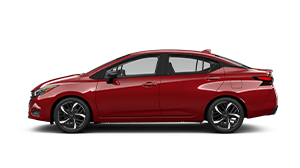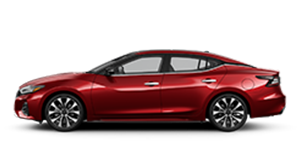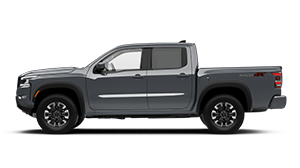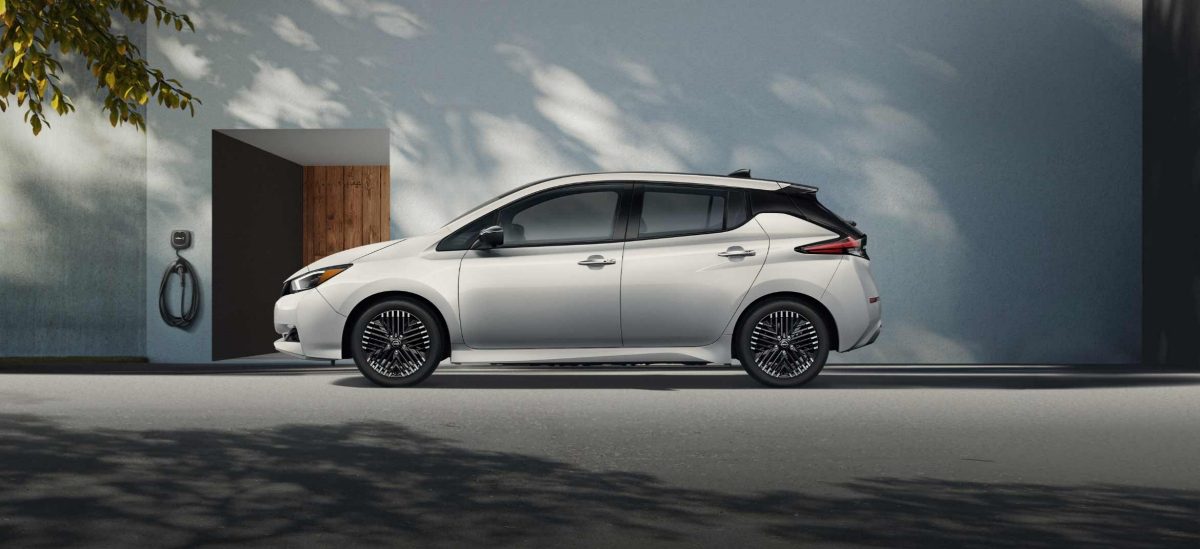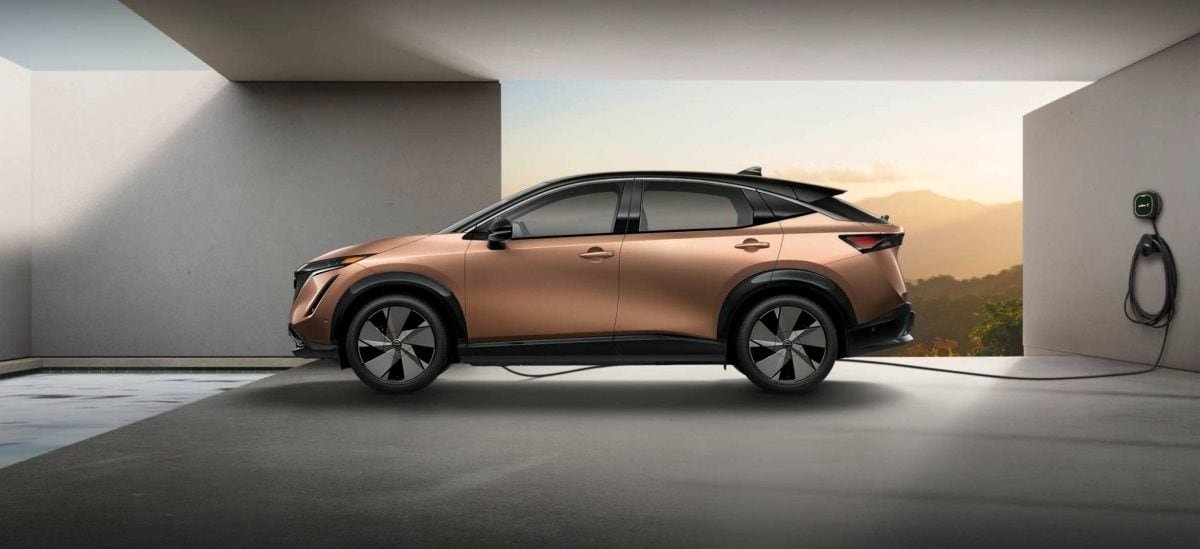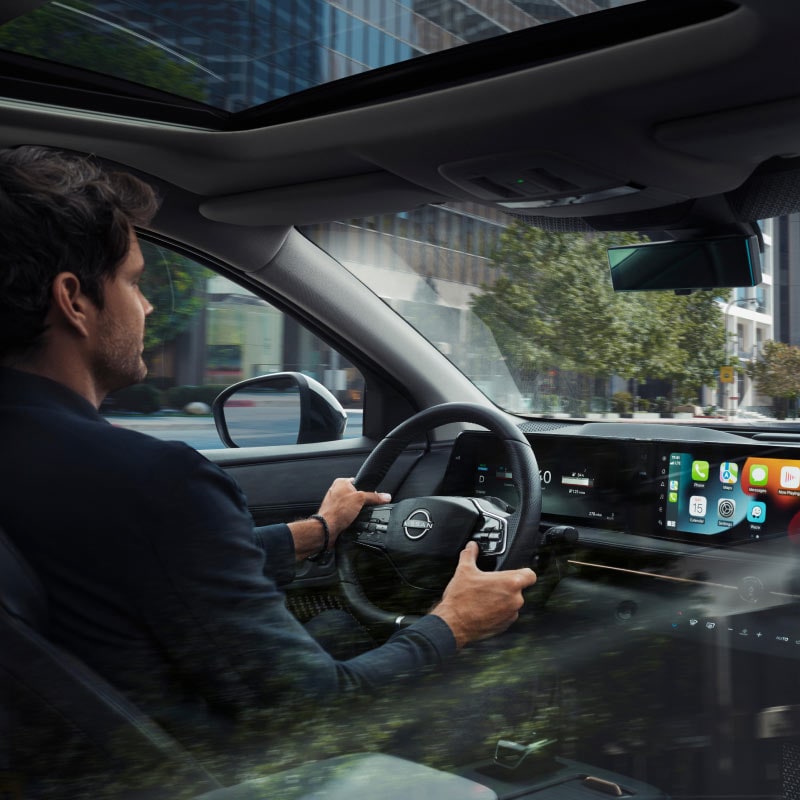Start your online purchase at participating Nissan dealers. Get a quote, book a test drive and even buy your Nissan from home. [[3355]]

NISSAN ELECTRIC VEHICLES
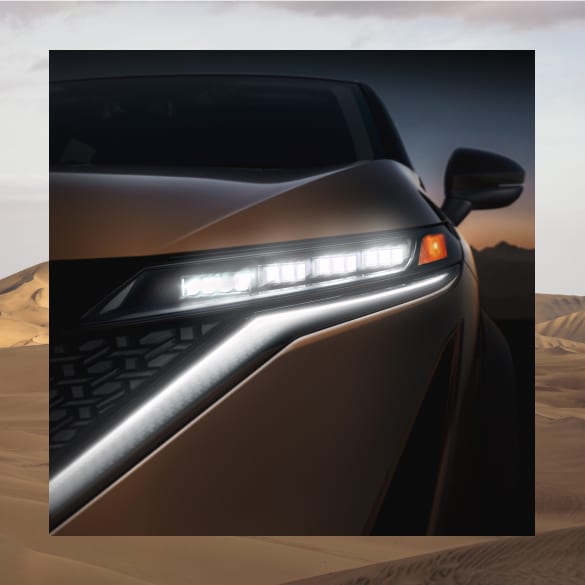
After 75 years and 12 billion electric miles, it's fair to say we know a thing or two about EVs. Just Ask. [[1561]]
NISSAN EV LINEUP
Two Ways To Go EV
Whether you choose the advanced LEAF electric vehicle or the ARIYA electric SUV, Nissan EVs have the power to change not only how you drive, but how you live as well.
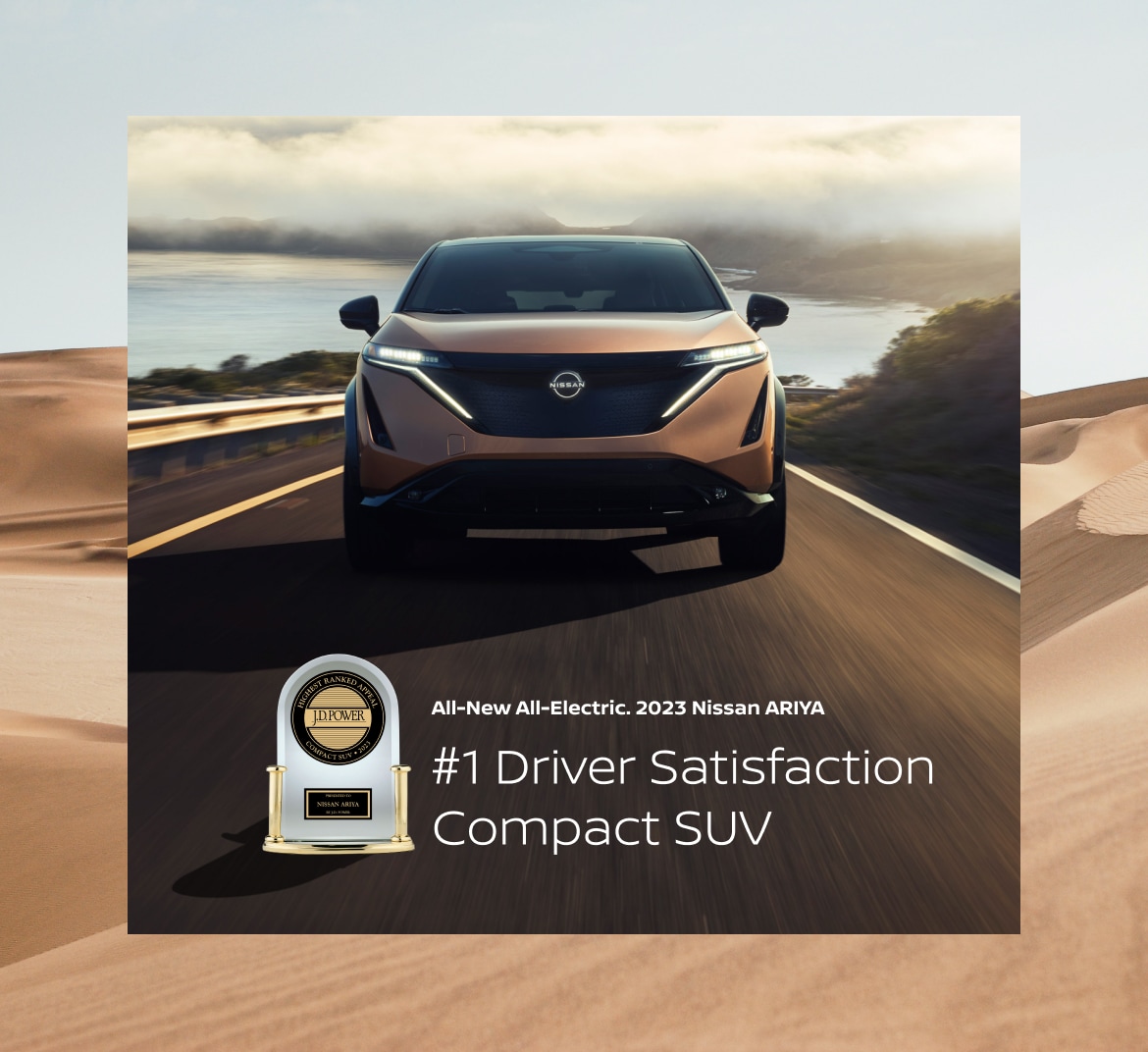
2024 Nissan ARIYA
The all-electric ARIYA is a revolution in advanced electric performance and breakthrough design for the next generation of EV driving.
up to
304
MILES OF RANGE
PER CHARGE [[1654]]
0-60 mph
4.8
SECONDS
SELECT TRIMS ONLY [[1514]]
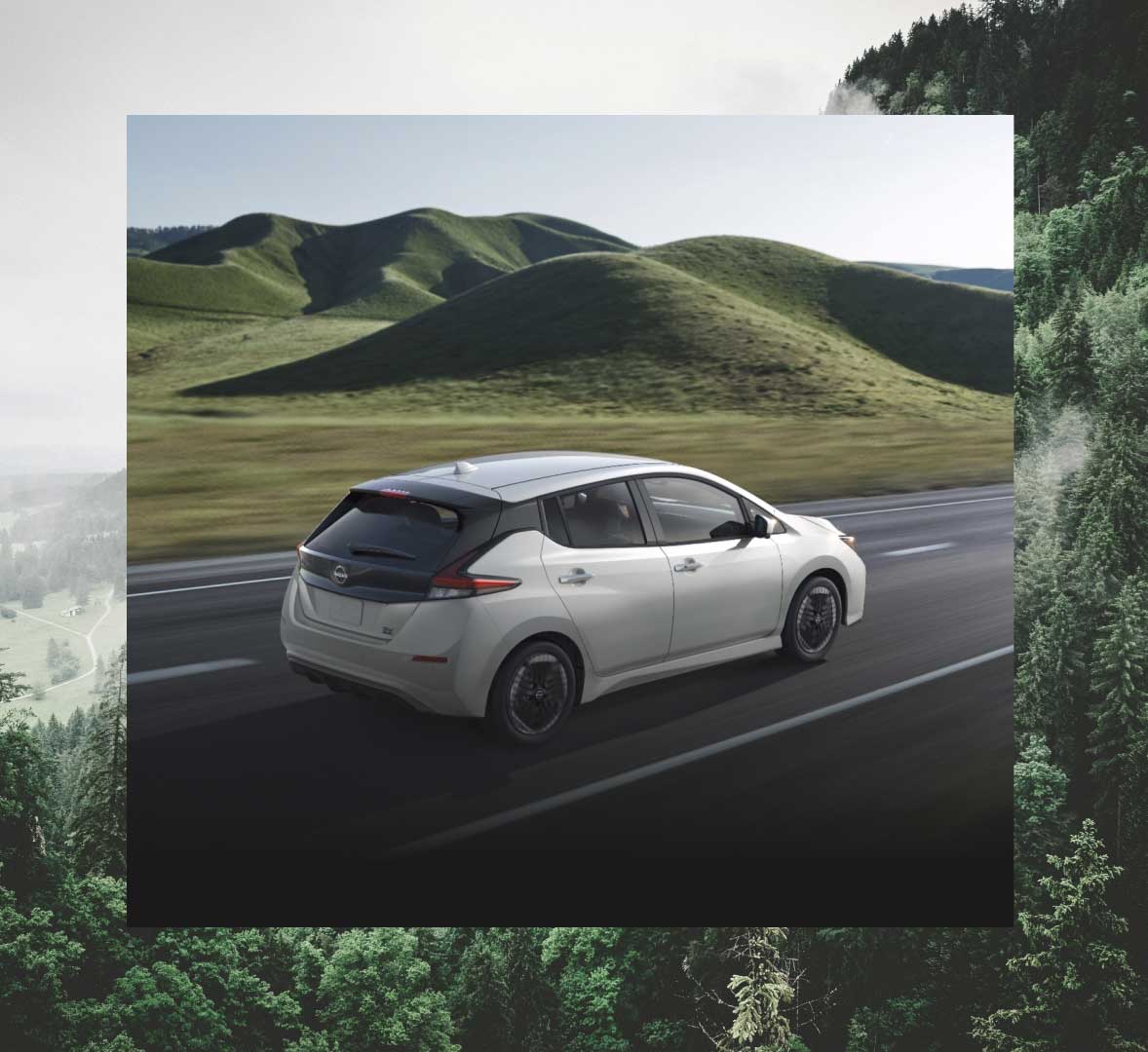
2024 Nissan LEAF
In 2010, the Nissan LEAF set the bar for 100% electric performance and EV practicality. It’s set it again every year since.
up to
212
MILES OF RANGE
PER CHARGE [[1628]]
up to
80
%CHARGE IN 60 MINS.
WITH QUICK CHARGE [[1316]]
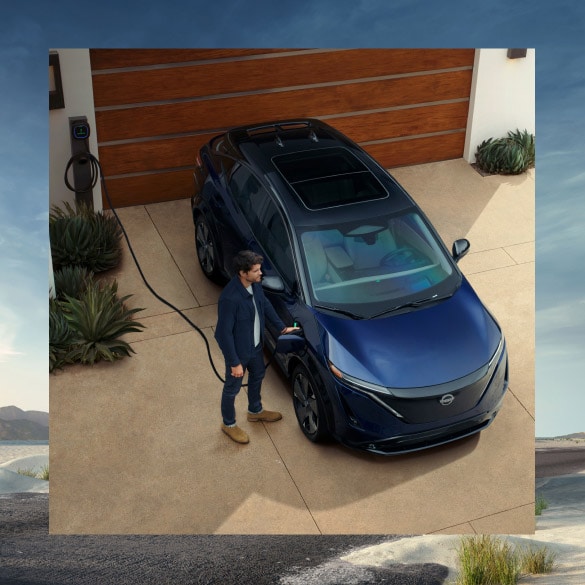
CHARGING MADE EASY
Just Plug It In
Like your smartphone, your EV needs to be charged with electricity. And like your smartphone, recharging is as easy as plugging in.
How do electric cars work?
How long will it take to recharge?
Do I need to install a home charger?
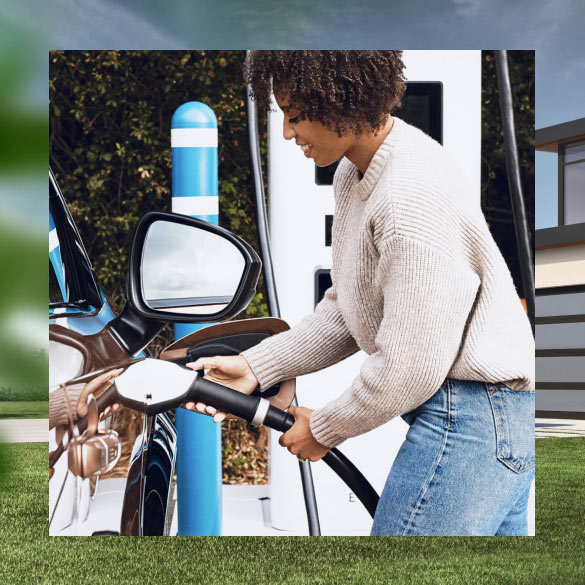
Hit the road to almost anywhere. All that changes when you go EV is the fuel you use to get there.

CHARGING OPTIONS
Charge at Your Speed
With an array of chargers and a range of charging speeds, recharging your battery, even on the go, is as easy as plugging in at home or at a public charging station.
Level 3 - Public DC fast charger
Level 2 - 240V Charging
Level 1 - 120V Standard Outlet
ELECTRIC CAR BENEFITS
The Benefits Can Add Up
Benefits. Rewards. Incentives. Perks. So many states have them. If you happen to live in one of them, so do you. [[1513]]
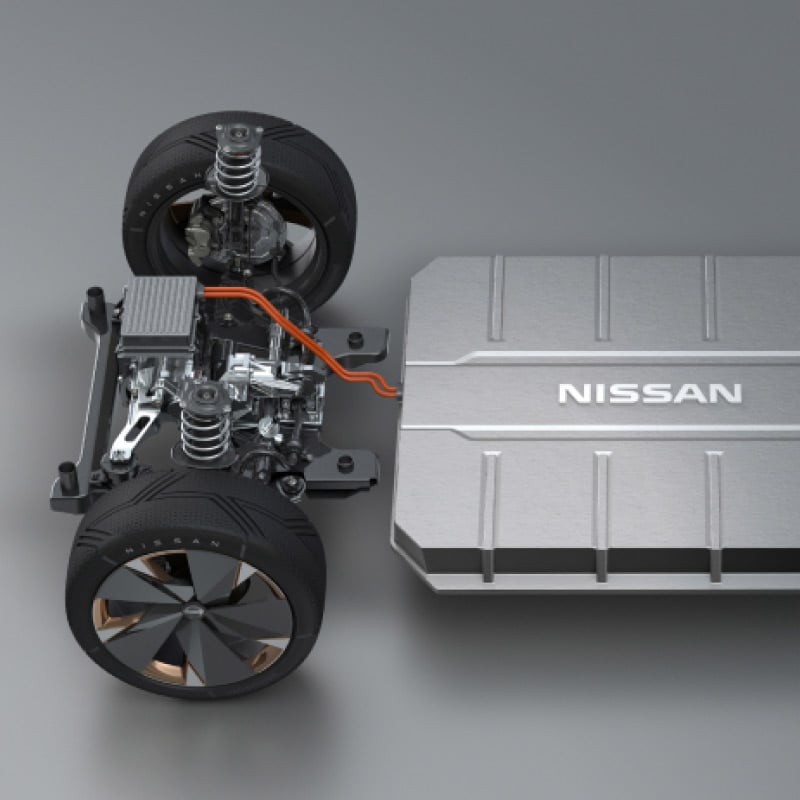
Less maintenance
With no need for oil and fluid changes and far fewer moving parts, going EV means significantly less maintenance.
Learn More
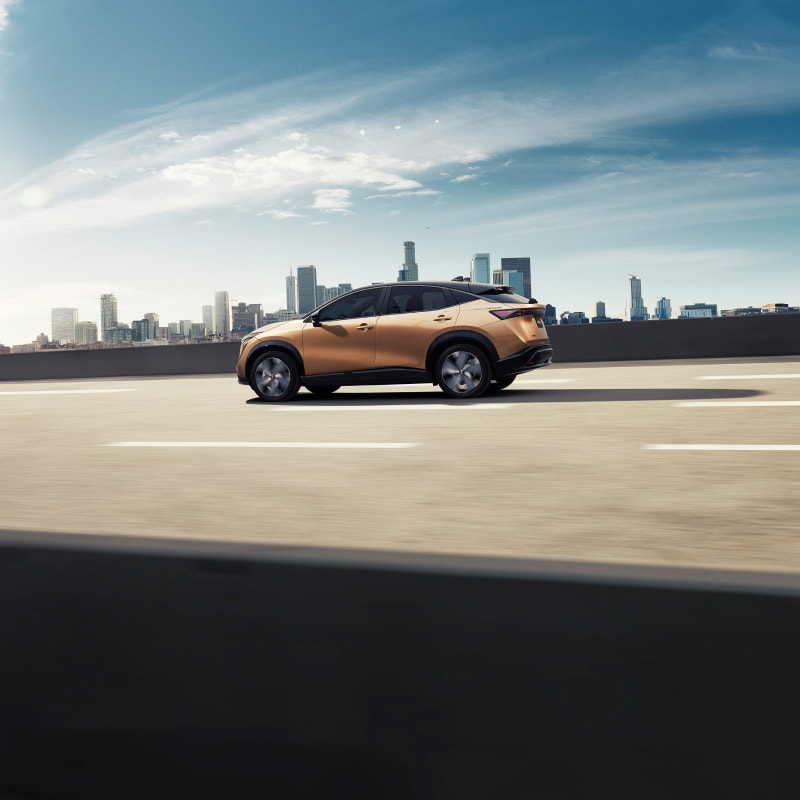
Preferred HOV Lane access
With preferred access to HOV lanes in many states, wherever you’re going you’re always on EV-street.
Learn More
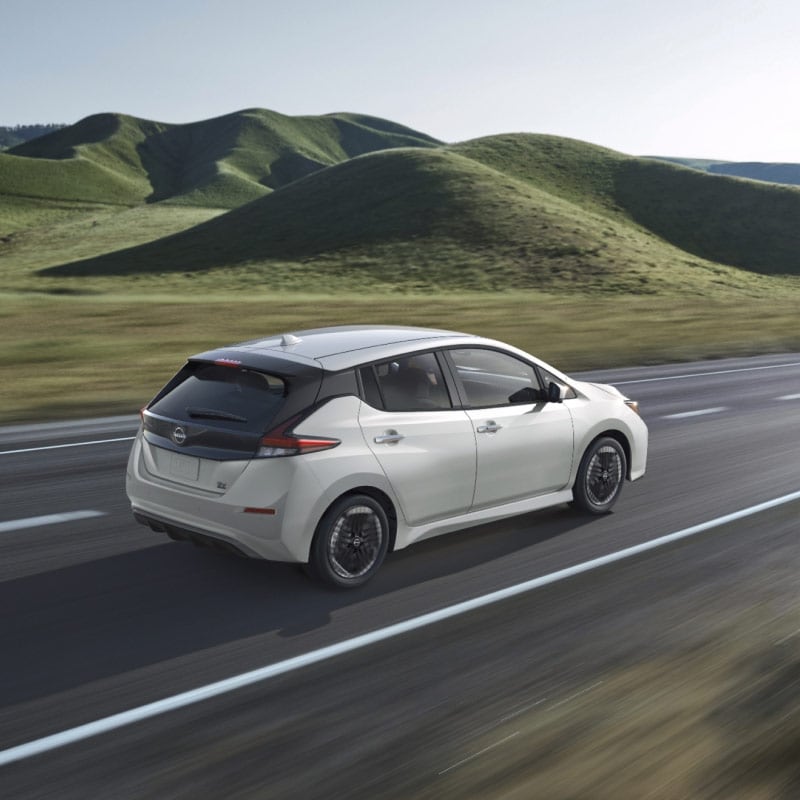
So quiet
Electric driving is quiet driving. There’s no engine so there’s no combustion noise. And with no tailpipe there’s no exhaust racket either.
Learn More
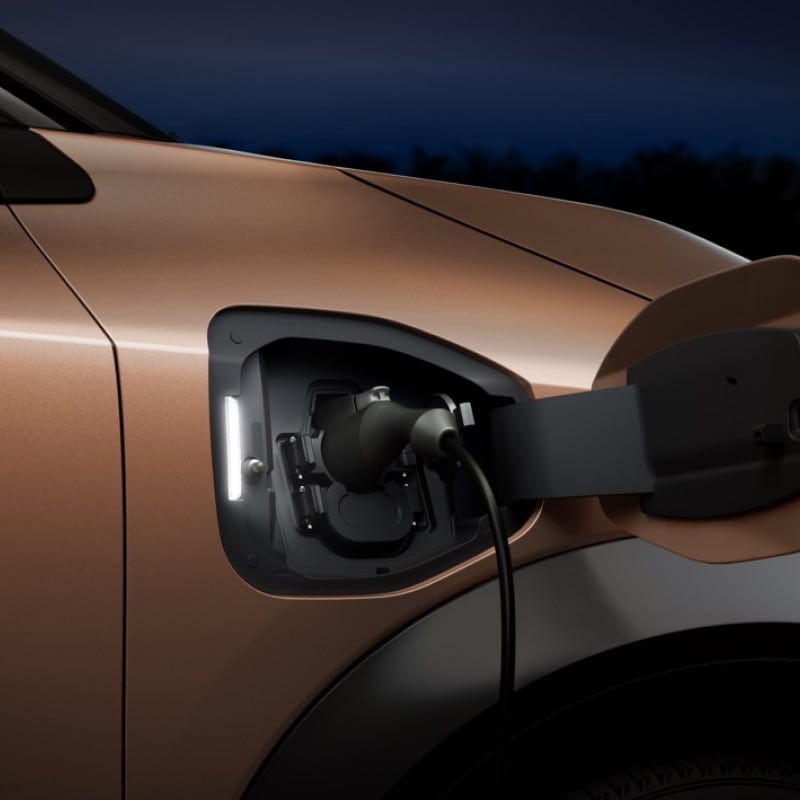
Zero tailpipe emissions
Electric motors don’t burn gasoline, so they don’t need to exhaust combustion gases. That means zero gas fill-ups, zero fumes, and zero tailpipe-emissions. Ever.
Learn More
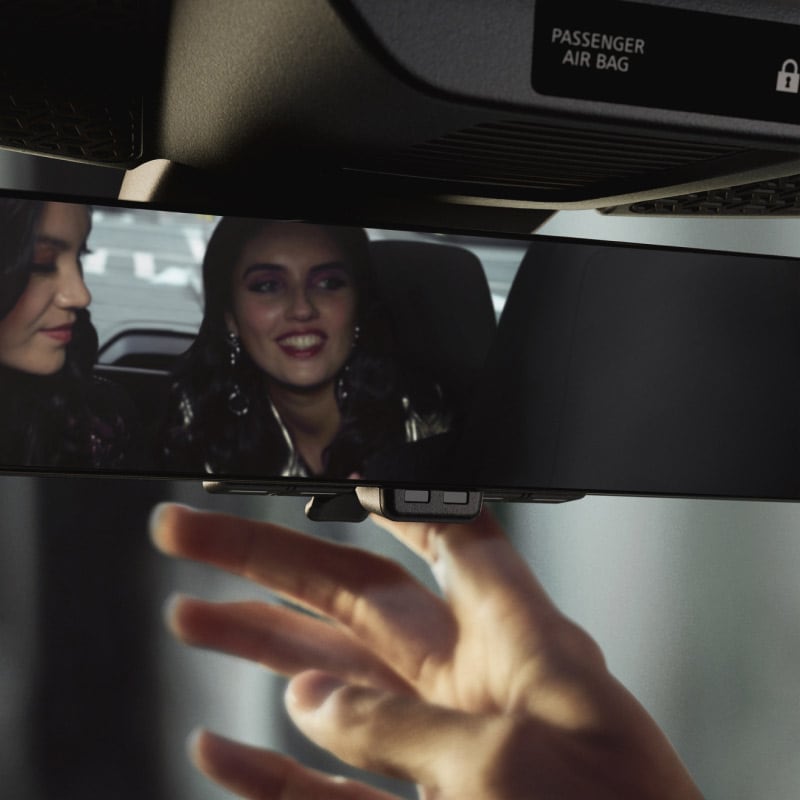
EV CAREFREE +
EV Carefree+ makes staying on top of charging, battery health, scheduled maintenance, and even roadside assistance easier and more carefree than ever. [[98]][[155]]
Learn More
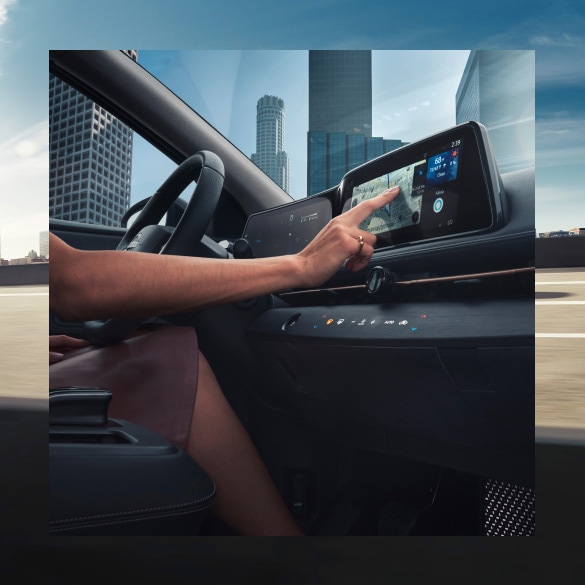
Your EV is more than a car; it’s a connected device. Upgrading to the latest model? It’s just a software update away.

NISSANCONNECT SERVICES
Always Connected
Going EV opens up a world of connection between your mobile device and your vehicle so you never have to worry about being out of charge, out of range, or out of touch.
Access your EV with an app
A new dimension of vehicle control - voice control
SERVICE AND MAINTENANCE
Maintenance: evolved
Your EV’s electric drivetrain needs no oil, no fluid flushes, and has far fewer moving parts than a standard gas engine. Translation: way less maintenance.
Do EVs require less maintenance?
Nissan EV battery warranty
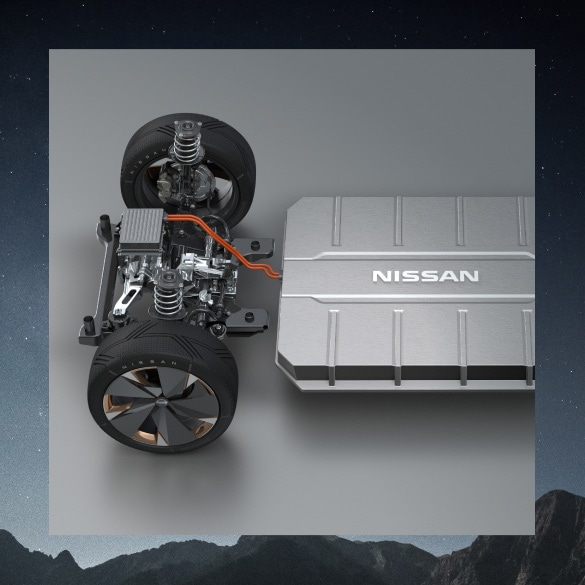
Still have questions?
We've got the answers to your most frequently asked questions right here.







